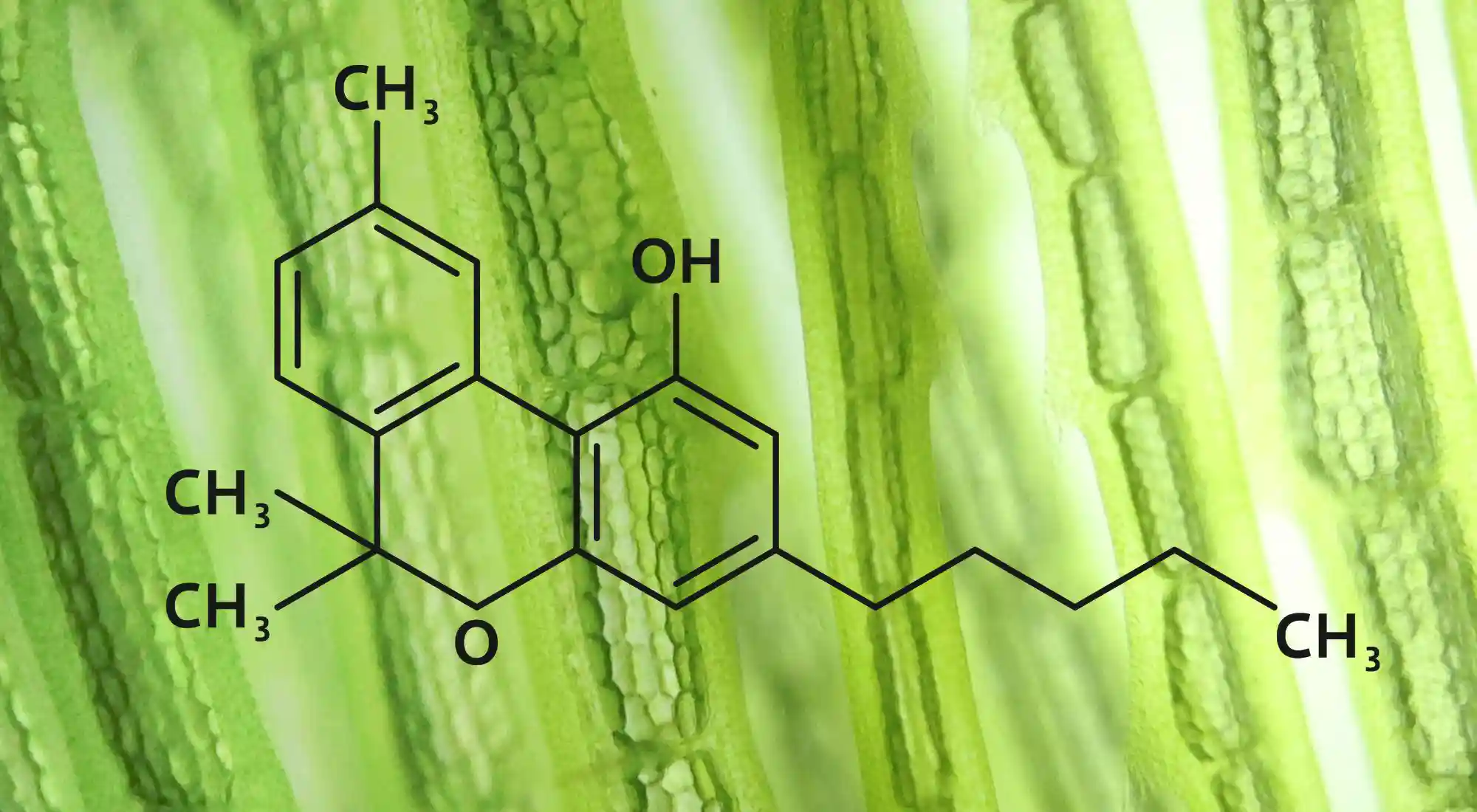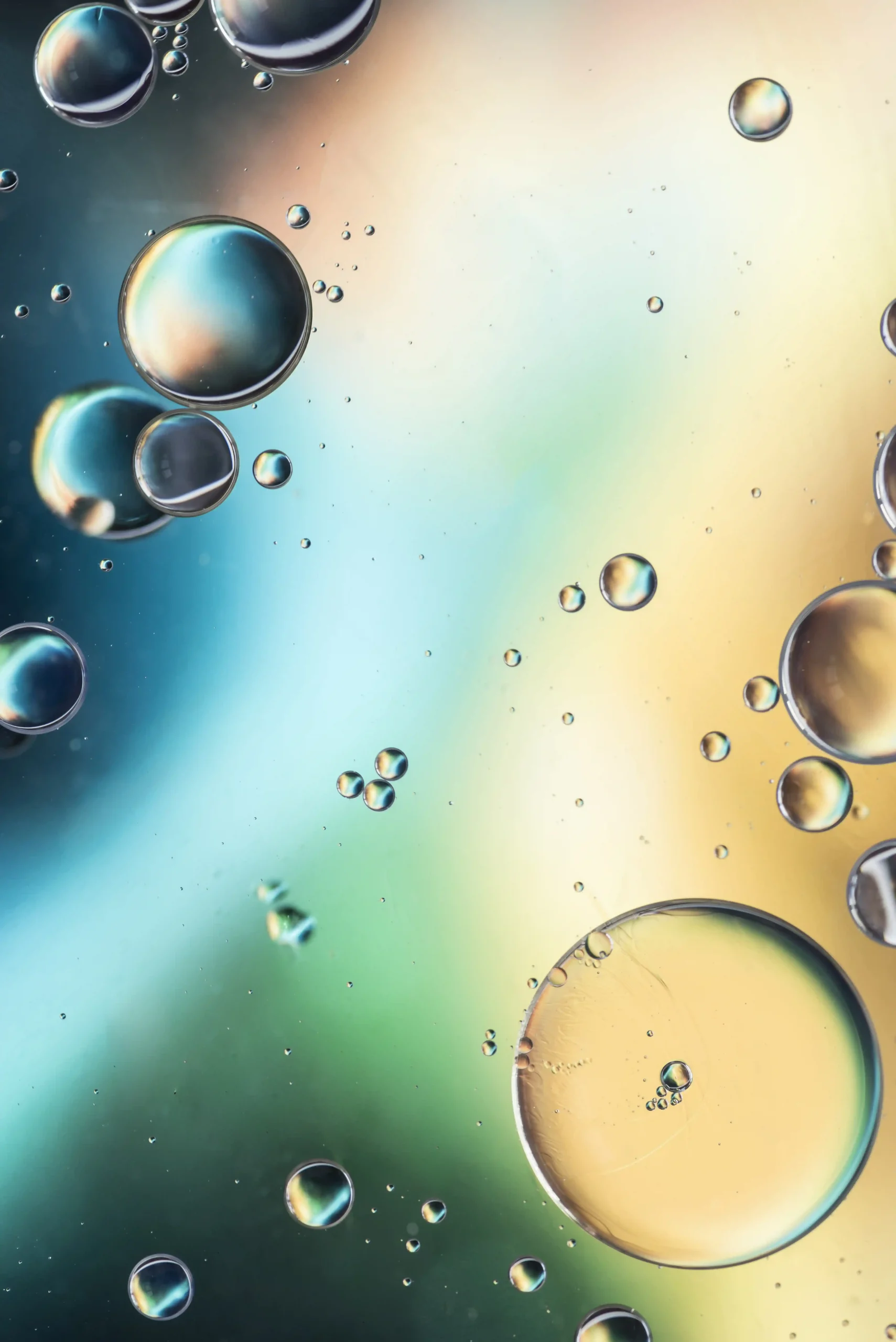Medicinal cannabis originates from the cannabis plant, which contains a number of both major cannabinoids and minor cannabinoids.
Over one hundred cannabinoids have been discovered to date, each with their own distinct characteristics. The two most well-researched cannabinoids are the major cannabinoids, cannabidiol (CBD) and tetrahydrocannabinol (THC).
CBN is a metabolite of THC, which is formed as cannabis degrades, usually due to time or exposure to ultraviolet (UV) light.
What is Cannabinol (CBN)?
Cannabinol, otherwise known as CBN, is a minor cannabinoid that originates from the degradation of THC in the cannabis plant, although it can be made synthetically.
CBN was the first cannabinoid compound to be discovered in 1896, when it was first isolated, but it was not until the 1930s that its chemical cannabinol structure was identified and it was characterised as a cannabis extract.
How does CBN work in the body?
As a descendent of THC, CBN does retain some psychoactive effects and binds to the CB1 receptors in the human endocannabinoid system, but is significantly less potent than THC.
Research into the effect that the CBN cannabinoid can have on the body is ongoing but preliminary studies have indicated it may have the potential to increase drowsiness. As with all cannabinoids, patients should seek the advice of doctors to make sure medication is safe and suitable for them.
What is the Entourage Effect?
The entourage effect refers to a theory that when combined with other compounds, the effect of certain cannabinoids can be magnified so that they can have a greater impact than they would if they were taken in isolation.
Relating to CBN, the entourage effect suggests that CBN will be more potent if taken in conjunction with other cannabinoids such as CBD or THC than it would be if it were taken on its own.


How does CBN differ from other cannabinoids?
Each cannabinoid has its own distinct profile. While cannabinoids may have some common factors, with THC and CBN sharing some characteristics, there are also key differences between both the major and minor cannabinoids.
CBN vs THC
CBN develops as THC degrades, so there is a core similarity between the two.
CBN, however, does not have the same strong psychoactive effects that THC does, as the THC compounds within CBN have to break down to form the new compound. THC has undergone significantly more research than CBN, so more is known about it and its potential side effects.
CBN vs CBD
CBD is considerably more abundant in the cannabis plant than CBN. There is some evidence that CBD and CBN can complement each other and work together to produce a stronger entourage effect, but research is ongoing.
CBN vs CBG
CBN and CBG are both minor cannabinoids. Unlike CBN, which is the result of THC degrading, CBG is the precursor to CBD and other cannabinoids. As minor cannabinoids, there are reduced levels of both CBG and CBN found in the cannabis plant.
If you are interested in learning more about minor cannabinoids or medicinal cannabis as a whole, Little Green Pharma is dedicated to providing useful educational materials. Head to our medical cannabis portal to find more informative articles related to medical cannabis. Alternatively, call our team on 1300 703 999 or fill out the form below.
Contact Us For Free Assistance
"*" indicates required fields
Additional Information on Cannabis Strains
Learn more about the legal landscape surrounding medical cannabis strains in Australia, including regulations governing cultivation, prescription, and usage for therapeutic purposes.
The Legality of Cannabis StrainsLearn about the diverse effects of medical cannabis strains, from energizing sativas to relaxing indicas, and how they can be tailored for Australian patients’ unique therapeutic needs.
Effects of Cannabis StrainsLearn about the intricacies of the cannabis plant, from its rich medical history to the distinct characteristics of indica, sativa, and hybrid strains cultivated in Australia for therapeutic purposes
Cannabis PlantLearn about the diverse world of cannabis strains and their applications in various medical cannabis products, from oils and edibles to vaporised flowers and topicals tailored for Australian patients.
Cannabis Strains and Product TypesLearn about how the cannabis plant is made up of many chemical compounds that contribute to the look, flavour, scent, and effect of the plant.
Chemical Makeup of CannabisLearn about how cannabis compounds work together synergistically to potentially enhance therapeutic effects, including the interactions between cannabinoids, terpenes, and flavonoids in medical cannabis
The Entourage EffectLearn how these diverse plant compounds affect cannabis color and flavor, contribute to the entourage effect, and interact with other plant chemicals to influence potential therapeutic properties
FlavonoidsExplore the distinctive characteristics of Cannabis indica strains – from their compact, bushy structure to their chemical composition and potential therapeutic applications across various medical cannabis products
Medical Cannabis Strains: IndicaDiscover the characteristics of Cannabis sativa strains – from their tall, slender growth pattern to their unique chemical profile and potential energizing effects in various medical applications.
Medical Cannabis Strains: SativaExplore the key compounds in cannabis that interact with the body’s endocannabinoid system, including natural and synthetic varieties, their chemical structures, and how they function in medical applications.
CannabinoidsExplore CBG, the ‘mother cannabinoid’ from which other cannabinoids are derived, its non-psychoactive properties, and how it compares to CBD, CBN, and CBC
Medical Cannabis Cannabinoids: Cannabigerol (CBG)Understand terpenes, aromatic compounds found in cannabis and other plants that contribute to smell and taste, their interaction with the body, and their role in the entourage effect with cannabinoids.
Terpenes